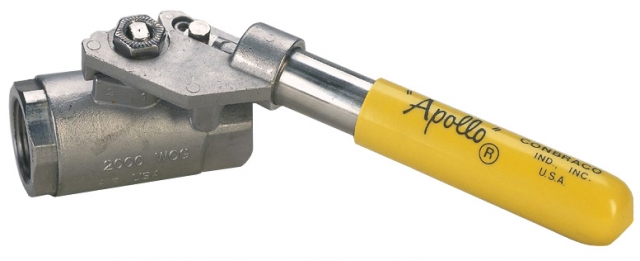The act of draining/venting a highly hazardous chemical (HHC)/extremely hazardous substance (EHS) from a process can be one of the most hazardous tasks a worker can undertake, but there are some easy and cheap actions/designs we can consider to reduce these hazards. Some of the best guidance I have come across is the IIAR’s “Oil Draining” set up and the requirement for the use of a “deadman valve”; but IIAR only requires when “draining oil”. How about when we are bleeding/venting/draining a section of pipe for maintenance? Should we be using a deadman?

So what is a “deadman valve”? In simple terms, it is a spring-loaded FAIL SAFE CLOSED valve, meaning that a worker is required to hold OPEN the valve and should they let go of the valve handle, the internal spring will CLOSE the valve. The use of the deadman valve is a big part of hazard control, but there are other things we can do to reduce our risks…
